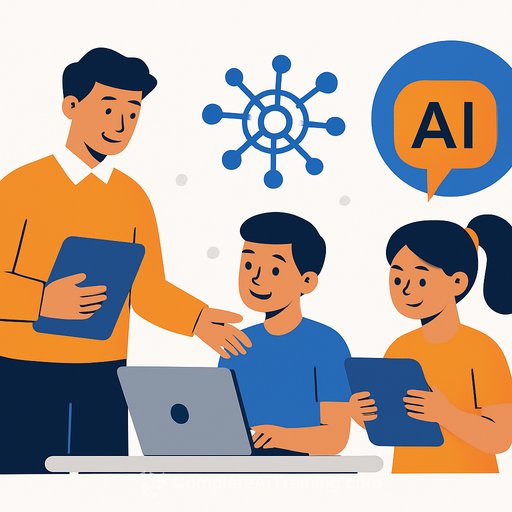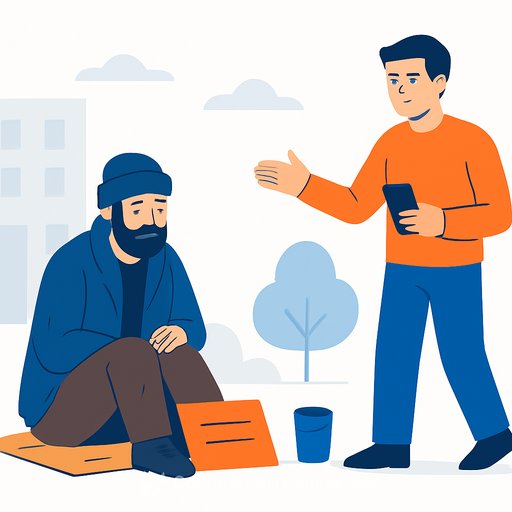Using AI comes naturally to one of Mexico's most innovative schools
While many systems debate classroom AI use, Guadalajara's Instituto México Inglés (IMI College), accredited by Cognia, has already made it part of daily learning. Their approach: swap traditional textbooks and lectures for iPads, coaches, and monthly challenges that turn students into researchers.
Coaches instead of teachers
Since 2015, IMI has replaced textbooks and standard curricula with a coach model. As Director Luis Medina puts it, coaches act like sports coaches: they don't "do the push-ups" for students-they guide, support, and set the challenge while students do the work.
Each morning, students review the day's objectives on their iPads. Coaches clarify the goal, then students work in teams to make progress.
Student AI assistants with guardrails
IMI added AI when Google released a version of Gemini for learners under 13. Each student now has a specialized assistant-"Math Gem" for third-grade math, for example-that explains concepts step by step and answers follow-up questions until it clicks. The intent is simple: personalized help, on demand, with age-appropriate guidance.
From consuming to creating: NotebookLM and AI Studio
Students use NotebookLM to transform source materials into study guides, mental maps, summaries, or even podcasts. A PDF becomes something they can interrogate, annotate, and use to plan their projects.
With AI Studio, they generate draft videos, images, presentations, or spreadsheets to support their research. Example: "Create a video that shows a plant's stages from seed to flower." Students then share work, critique it, and publish group magazines with images, text, and video. AI provides raw material; students revise and add their voice.
Staff support: embedded expertise
IMI also uses AI to assist staff with specialized "experts" in psychology, planning, mathematics, and educational law-helping teams make informed, compliant decisions without adding headcount.
Monthly challenges turn kids into researchers
Textbooks are out; inquiry is in. A second-grade challenge might be: "How can we protect endangered species in our community?" Students observe local animals, ask how they're treated, and reflect on their own actions. Then they investigate: Which species are local? What are their needs? What changed over time?
This naturally pulls in geography and history while keeping learning grounded in students' lived experience. Many take action-like building bird feeders at home-and report results back to the group.
The iPad as a lab bench
For IMI, the iPad is more than a device. It's a microphone, camera, microscope, telescope, publisher, and AR lab. Students can project a chemistry set onto a table, explore a river basin model, or visualize the solar system. Tools that once required a lab now fit into a backpack.
What this means for educators
- Adopt a coach mindset: set the challenge, guide the process, expect students to do the work.
- Design monthly, standards-aligned challenges that require research, creation, and collaboration.
- Provide age-appropriate AI assistants for just-in-time explanations and practice.
- Teach prompt clarity, evidence checks, and revision. AI outputs are drafts-students own the final product.
- Use tools like NotebookLM to transform source materials into study aids and project plans.
- Require original artifacts: videos, magazines, presentations, and reflections.
- Set guardrails: privacy, safety, bias awareness, and academic integrity.
- Connect projects to real community actions, then measure impact.
The future: a practical skill divide
As one educator noted, the near-term divide won't be humans versus AI-it will be between people who know how to use AI well and those who don't. Like fire, it's useful and risky. Students need guidance, practice, and responsibility.
For educators exploring structured upskilling in this area, see curated options by job role at Complete AI Training.
Your membership also unlocks:






